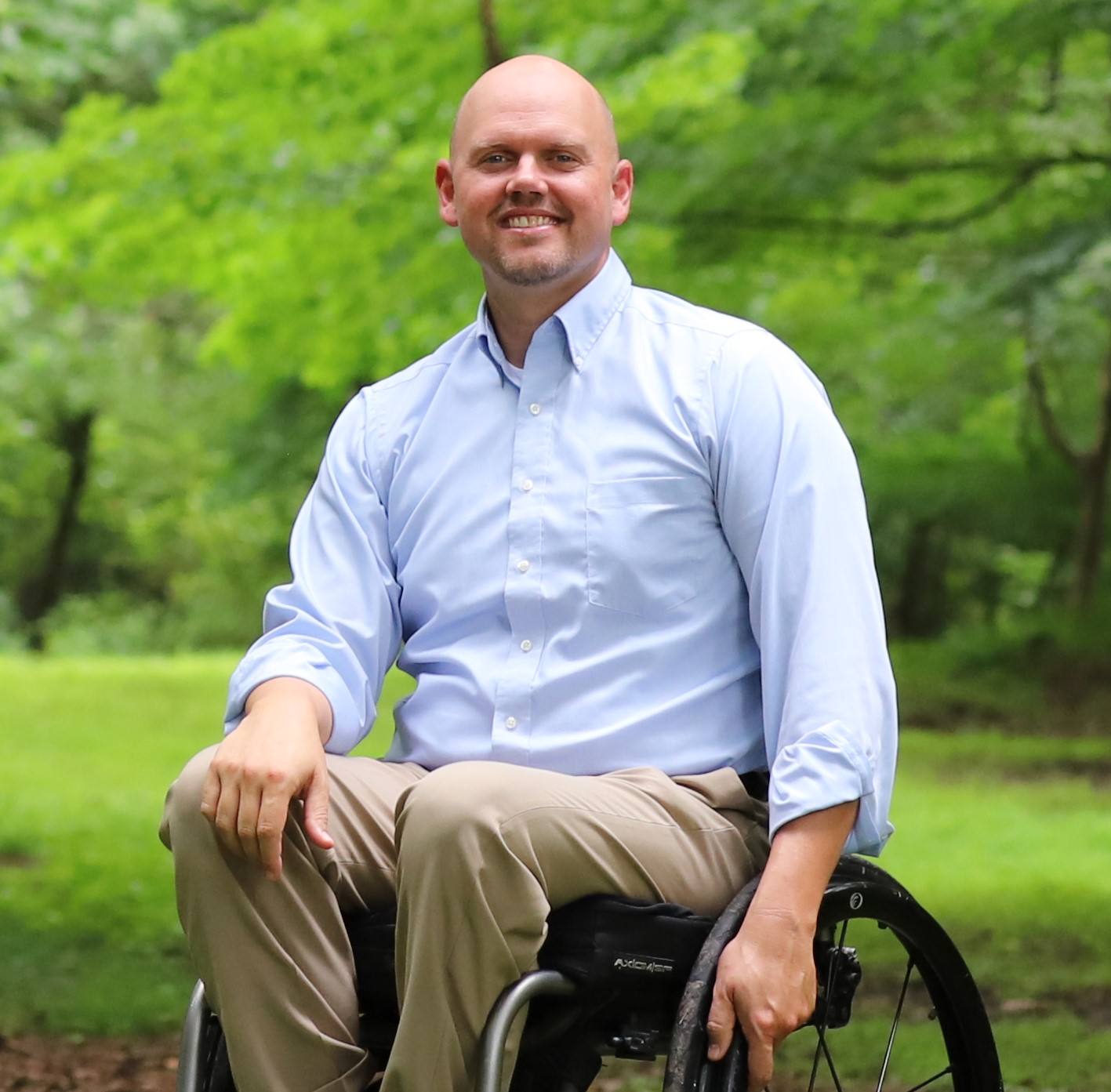About My Impossible
 My name is Jeff Harmon, and My Impossible is my story—a story of resilience, determination, and the unwavering belief that nothing is truly impossible.
My name is Jeff Harmon, and My Impossible is my story—a story of resilience, determination, and the unwavering belief that nothing is truly impossible.
My Impossible began as a deeply personal journey, born from my experience with a neurological disease that affects my mobility and challenges me every day. I’m Jeff Harmon, and in 2025, I’ll be climbing Mount Kilimanjaro in a wheelchair—a journey that symbolizes our mission: to challenge what we think we’re capable of and inspire others to do the same.
But My Impossible is more than just one climb. It’s a vision of transformation—for every team member who joins the journey, every supporter who donates, and every individual inspired by our message. We aspire to create a community that believes in overcoming limits, redefining challenges, and embracing the extraordinary potential within each of us.
When you support My Impossible, you’re not just donating to a single cause. You’re investing in a movement that transforms lives, builds resilience, and ignites change in people’s hearts and minds. We want each person who walks alongside us—whether on the climb, in spirit, or through a donation—to walk away with a renewed sense of possibility, courage, and connection to a purpose bigger than themselves.
Together, we’re redefining what “impossible” means. Your support not only brings us closer to the summit but also fuels a vision where every step taken and every dollar donated becomes a source of inspiration and transformation for all.
Join us on this incredible journey. Let’s climb, believe, and conquer My Impossible—together.
